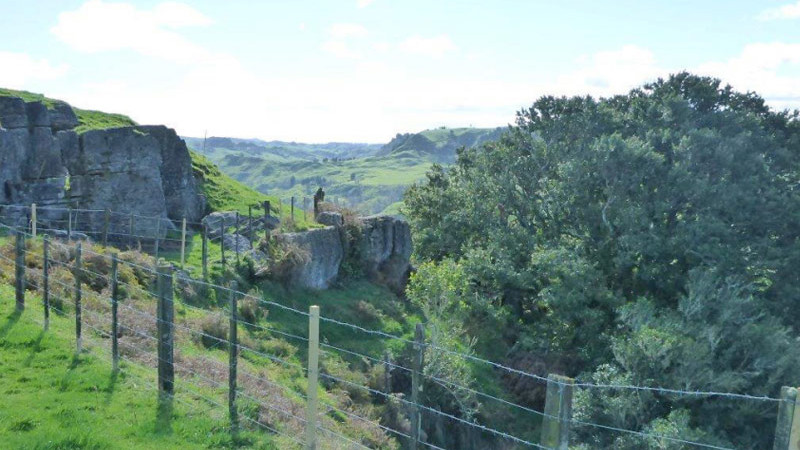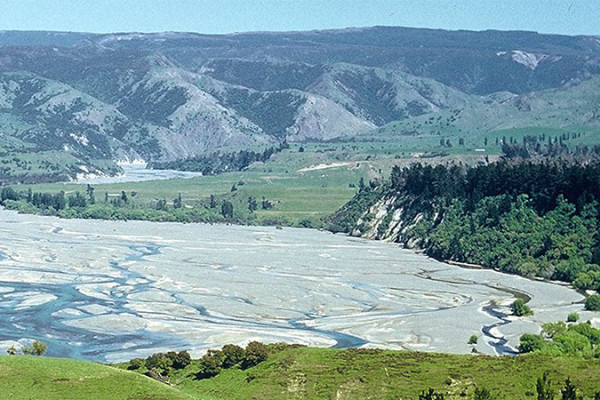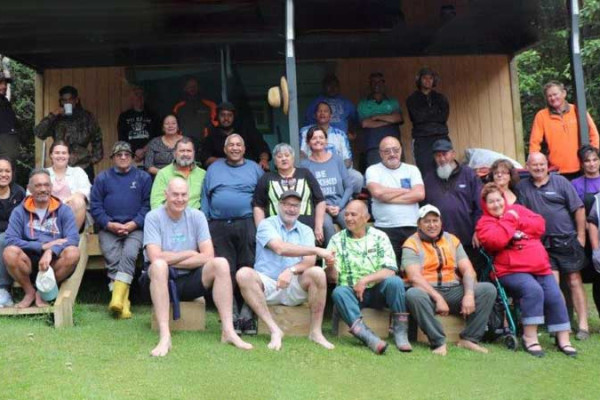Waikato's remote western hill country is notorious for its highly erodible land, but MPI's Hill Country Erosion Programme allowed activity in the worst hit catchments and is now turning that around.
Background
Between 2015 and 2019, landowners on the 232 properties across Lower Moakau, Mangaotaki and Awakino got involved in planting tens of thousands of trees, permanently retiring bush, unproductive land and fencing the banks of streams.
"Farmers were offered up to 70 percent of the cost of this work - 35 percent from the HCEF and the Regional Council," says Adrian Jepson, Catchment Management Officer at Waikato Regional Council (WRC).
"Funding could include fencing to retire unproductive land from grazing and the planting of natives, willow and poplar poles to help control erosion. The programme also supports forestry planting and informing owners about soil erosion risk and appropriate land use options."
Bringing landowners on board took a lot of time and effort. Local farmers were unfamiliar with what the erosion control scheme had to offer. Drop-in days around the catchments, flexibly timed, helped get farmer-council relationships off the ground.
Getting the word out
"Building trust in the new HCEP work was a slow process. We used rural media, followed by a letter box drop giving details of what was available to landowners, WRC contacts, details of upcoming drop-in days and 8 community field days," Adrian says.
As word got out across the catchments, the succession of field days attracted progressively bigger crowds, topics ranging from soil conservation and carbon to hill country erosion and good river management.
"Momentum grew over time - more than 110 attended the final field day at Onetai Station."
All eight field days were held on the properties of innovative farmers known and respected locally, ones also with an existing relationship to the council. A key ingredient was good catering, supplied by a local school, cafe or fundraising group.
"If you want to get something done, feed people," says Adrian. "And good conversations go better with good food."
Farmers’ own initiative
Drawing up farm plans with landowners, based on comprehensive land mapping and concrete actions to remediate and prevent erosion, was another component. A total of 29 farm plans in priority catchments eventually emerged, most going on to take up HCE funding for on-farm actions identified.
"Farm plans contained things many farmers only dreamed about. Doing them helped turn a corner for a lot of them - things like fencing off tomo (sinkholes) that cattle fall into around
here. Or just making a hillside look really good with manuka plantings," says
Adrian.
In the end, 64 projects were completed across the three catchments, culminating in 54,000 trees planted, 654 hectares of land permanently retired and 75 kms of fencing completed. Adrian says the building blocks for successful community engagement in a programme like this were trust, familiarity and continuity of staff.
"Having the same staff work in the same catchment for extended periods of time, created familiarity and trust, and this helped with relationships and engagement,” he says.




